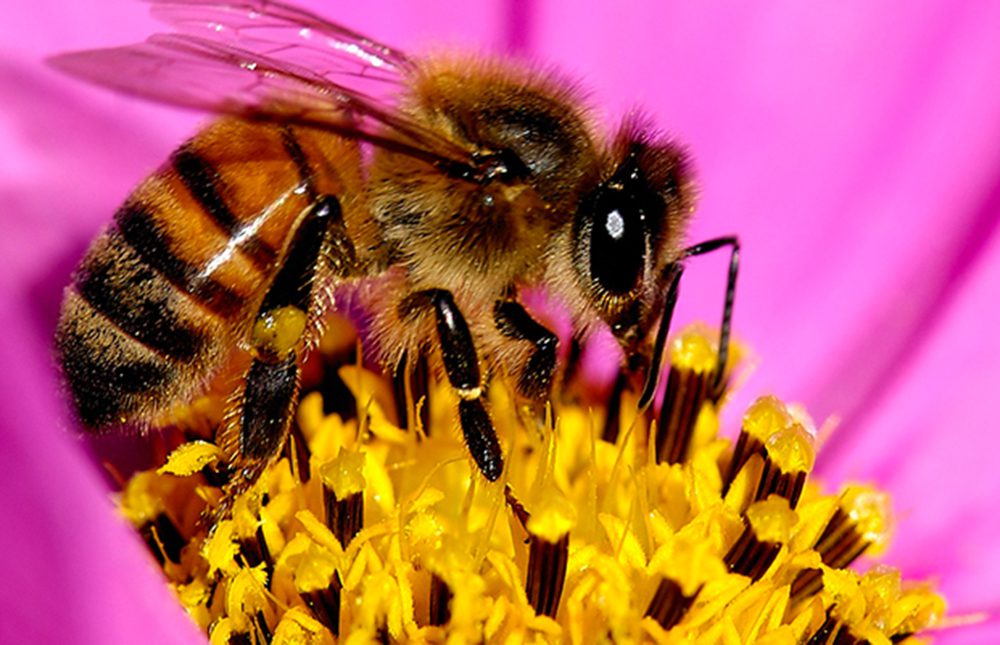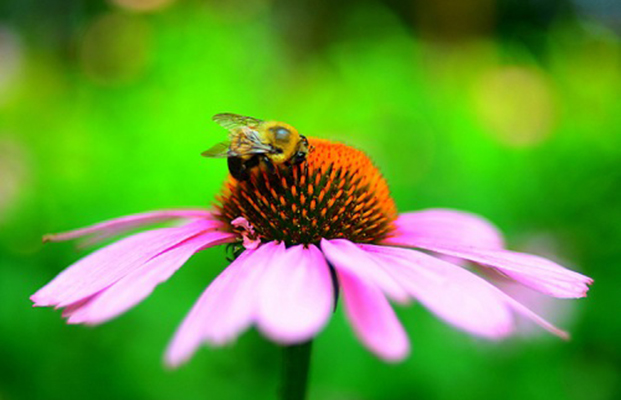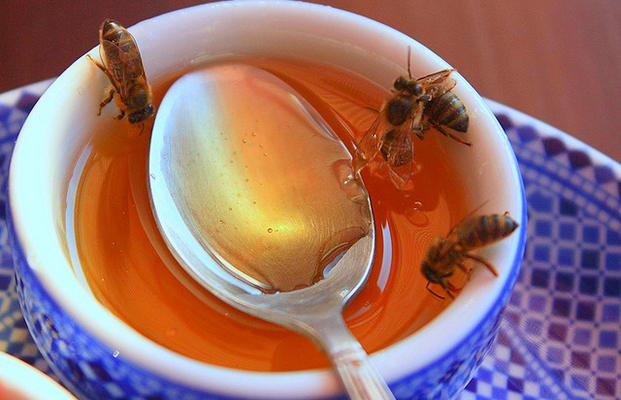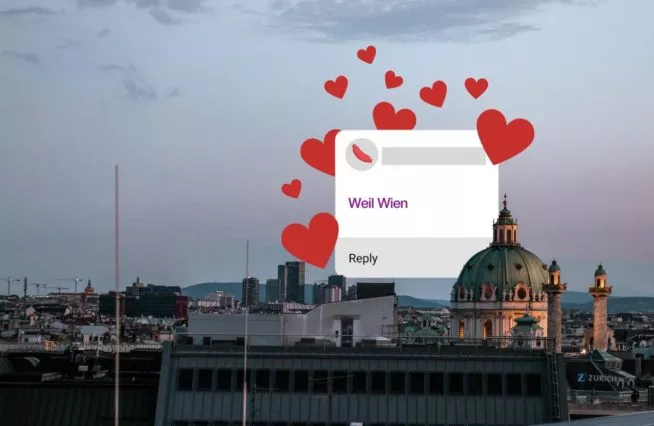We’re sure all of you are already aware – bees are busy little bastards; dealing in nectar and pollen in large trench coat jackets on garden corners all over the world; muttering to flowers through their teeth: “Want some Charlie, hashish, wackytabacky?” All being code words for pollen of course.
As a little part-time job on the side of their hunt for the flowery goods, they are responsible for pollinating one third of this planet’s food. ONE THIRD, ladies and gentlemen! Which means that if bees became extinct, we’d all be pretty much fucked.
And yes, bees are experiencing a hard time surviving; much because of us humans. We’re poisoning the crops to stop the so-called “pests” from feasting on them. We pollute the air, puff our chemicals and gases all in the name of economic growth. We force the little bees in hives, moving them around like objects, stressing them out by taking away their honey before winter, force-feeding them sugar water and even keeping them from swarming naturally. No wonder the tiny fellas find it hard to chill.
The bees are stressed, and with stress comes sudden death – think of them as tiny little Wall Street bankers. (but nice ones…in trench coats) The stress also brings on a little thing called CCD (Colony Collapse Disorder) which has led to the massacre of over billions of bees.
How can we help our furry sisters (and brothers, but most honey bees are female)? Here’s a little How to on giving bees a chance:
Photo by the talented Will Marlow
1. Plant bee-friendly flowers
You live in Vienna, so even if you don’t own a garden, there’s always room for a flower box. Bee-friendly flowers feature two main characteristics: they hold loads of pollen and nectar, and the petals leave enough room for the bee to crawl inside the flower.
Here’s a little list of flowers, trees and plants that are the bee’s knees, if you pardon the pun (We also put their German translations, just in case our German-speaking readers can’t be bothered to look up the names but still want to help.):
+ Crab apple (Holzapfel)
+ Acer (Ahorn)
+ Cherry laurel (Lorbeerkirsche)
+ Winter Honeysuckle (Duftheckenkirsche)
+ Lilac (Flieder)
+ Rosemary (Rosmarin)
+ Lavender (Lavendel)
+ Fuchsia (Fuchsie)
+ Crocus (Krokus)
2. Build a bee hotel
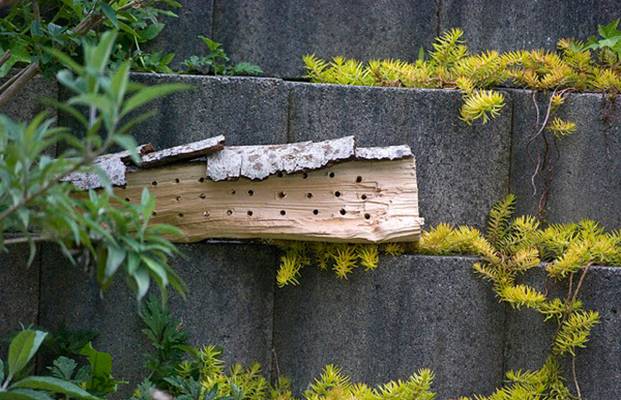
The easiest way to build a hotel that suits bees (and other pollinators at the same time, let’s not forget them) is to take a thick wooden board and drill holes of various depths and widths into it. Take care of not fully drilling through the wood piece, so bees can make these holes their homes. After drilling, soften the surface with sand paper to make sure no splinters are left. Then, place the board some place sunny and sheltered from the wind and rain. Optionally, you can also fill an empty bird house with sticks, bamboo and reed, and hang it in an equally
warm and dry spot.
3. Buy Demeter certified honey
Photo by the talented Evan Bench
This might come as a surprise, but by buying honey from beekeepers who are Demeter certified, you can not only be certain the bees are treated as species-appropriate as possible, but you support the people who can make a difference on a bigger scale. These bees have all the freedom to swarm, can build their own honey combs out of their own wax (industrial beehives have pre-produced combs that seem to freak the bees out), plus the beekeepers only take a bit of the honey production, leaving a lot of it for the bees. And of course, there’s no chemicals involved. So just ask for Demeter certified or at least bio honey whenever you’re visiting the market for the next time. One of the Demeter certified beekeeping families we already visited near Vienna is Honigstadt. Check out their website here: www.honigstadt.at

